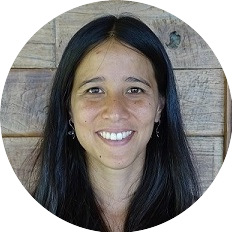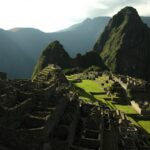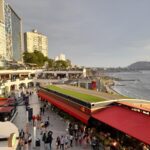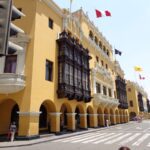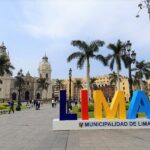Are you planning a visit to Cusco? This step-by-step five day Cusco itinerary will guide you in everything you need to know to organize the perfect trip.
The itinerary includes three stops: Cusco city, Ollantaytambo in the Sacred Valley, and Aguas Calientes/Machu Picchu. It’s the perfect plan to get to know the highlights of Cusco.
Are you planning a visit to Cusco?
Check out the best tours and hotels in Cusco to make the most out of your trip.
Best tours and activities in Cusco:
1. Sacsayhuaman and Qoricancha Inca temples tour
2. Machu Picchu guided tour and transportation from Aguas Calientes
3. Machu Picchu entrance ticket
4. Maras pink salt mines and Moray ruins tour
Best hotels in Cusco city (your first stop):
1. Monasterio, a Belmond Hotel (the most luxurious hotel in Cusco)
2. Palacio del Inka, a Luxury Collection Hotel by Marriott (High-end)
3. Hotel Encantada Casa Boutique Spa (Mid-range)
Best hotels in Ollantaytambo (your second stop):
1. El Albergue (High-end. My favorite, the restaurant there is amazing)
2. Sauce Hotel Boutique (Mid-range, cozy)
Best hotels in Machu Picchu/Aguas Calientes (your third stop)
1. Sanctuary Lodge, a Belmond Hotel (extremely luxurious)
2. Sumaq Machu Picchu Hotel (High-end)
3. Panorama B&B (Mid-range)
Located in the Andes Mountains, Cusco was once the capital of the Inca Empire and is now the most popular destination for travelers visiting Peru. It’s probably the prettiest and most interesting region in Peru, if you account both for nature and culture.
There’s so much to see and do in Cusco!
As a Peruvian who has traveled at least seven times to Cusco and to most of the Sacred Valley, my recommendation is to stay at least for 5 days.
And in this post I’m proposing the complete itinerary you can follow to enjoy everything that Cusco has to offer. Including visiting Machu Picchu, of course!
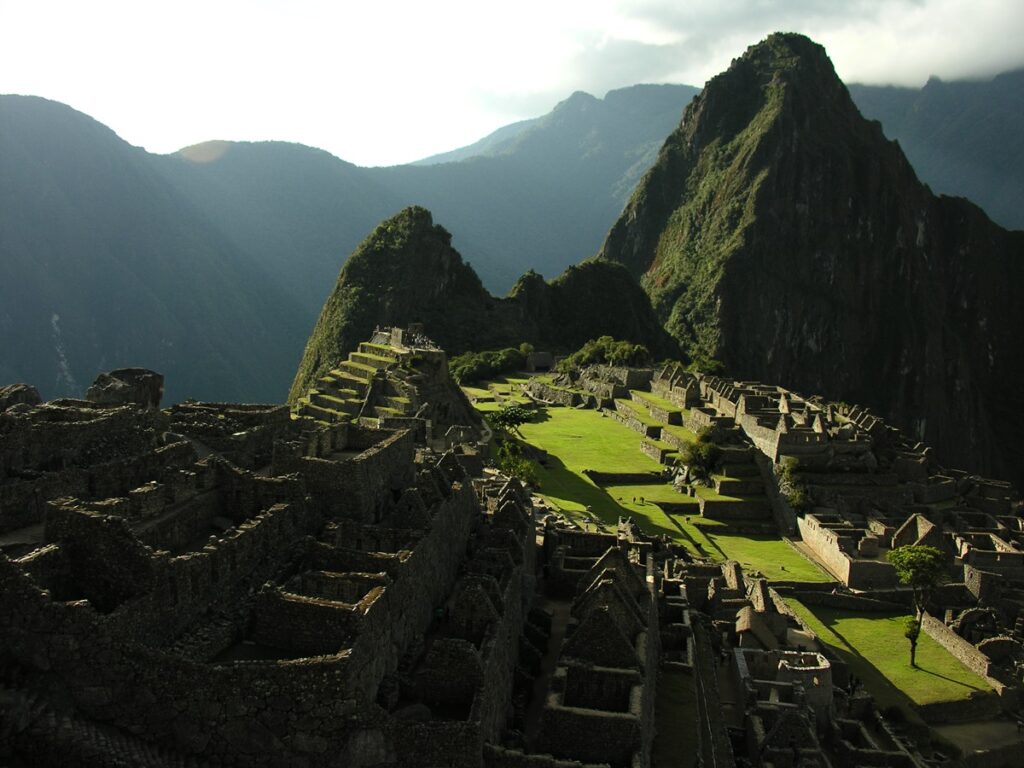
Arriving in Cusco
First of all, take into account that Cusco is located at an altitude of 3,399 meters (11,152 feet), so it is important to take it easy to avoid altitude sickness. Your first day should be a very easy day.
Don’t plan going on long hikes, because most likely you will feel bad. Even walking upstairs in Cusco makes you be out of breath.
“Mate de coca” is a popular local herbal infusion that might help you with it. Still, if you are not feeling well, that might not be strong enough.
I would make sure to also have an altitude sickness pill just in case. I always take “Sorojchi pill” if I’m not feeling well, which you can get it at any pharmacy in Cusco or in Lima. It works great!
Day 1: Cusco city
The first day get to know the vibe of the city by walking around the Plaza de Armas, which is the main square in Cusco. Every time that I go there, it feels like the perfect place to begin the trip.
Also, almost every time I’ve been there there has been some dance demonstration in the streets around the place. Sometimes it’s part of a festival, and sometimes it’s school kids practicing their regional dances. It’s a great place to start feeling the vibe of the city and the locals.

Afterwards, head to San Blas, the neighborhood just next to it (where the streets go upwards). San Blas is one of the most beautiful parts of Cusco. Its narrow, cobblestone streets, colorful houses and charming storefronts, make it a very picturesque neighborhood.
Every time I go there I can easily spend the whole afternoon exploring the neighborhoods.
You can visit the San Blas square and its church, and visit the different artisanal shops, independent clothing stores and galleries along its streets. You will also find chill cafes to hang out and hip bars.
There are also some small museums that are worth a short visit. For example there’s a very small coca museum, dedicated to the coca leaf. Even as a Peruvian I have found it interesting and learned new things when I visited it.
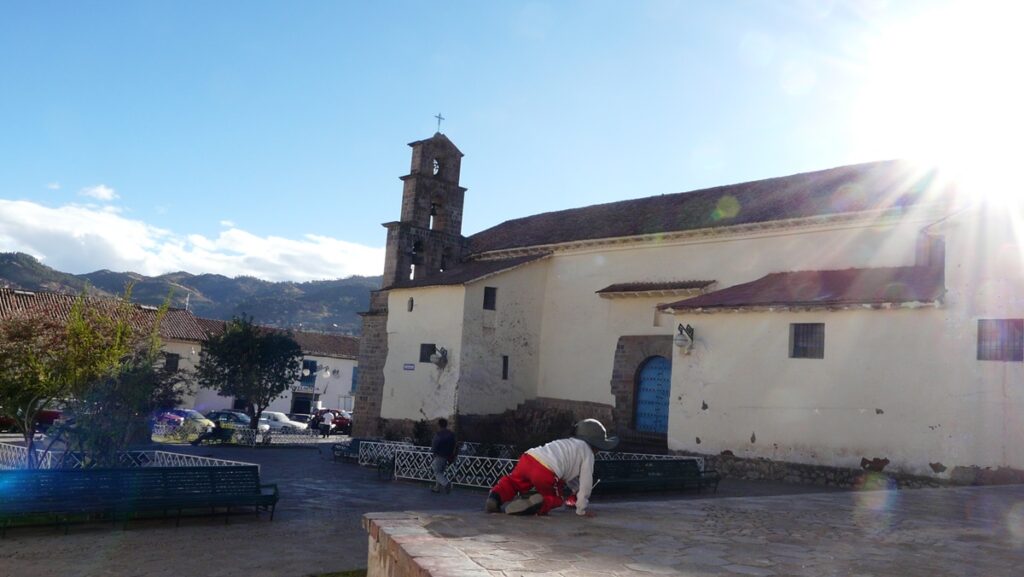
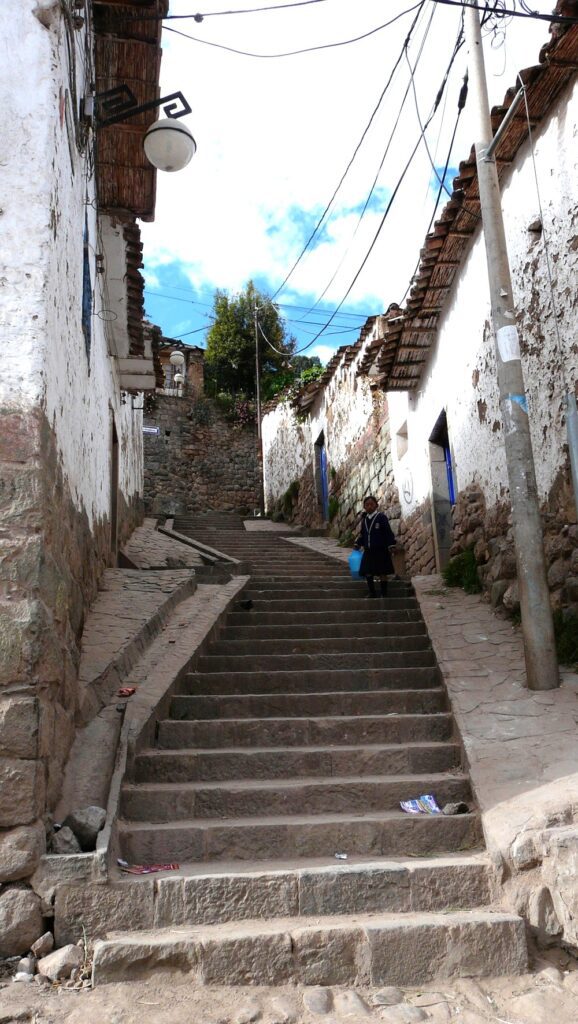
Exploring these areas will take you the whole day. There are no shortage of things to see and do in Cusco!
Day 2: Cusco city
Morning: San Pedro Market and Sacsayhuaman ruins
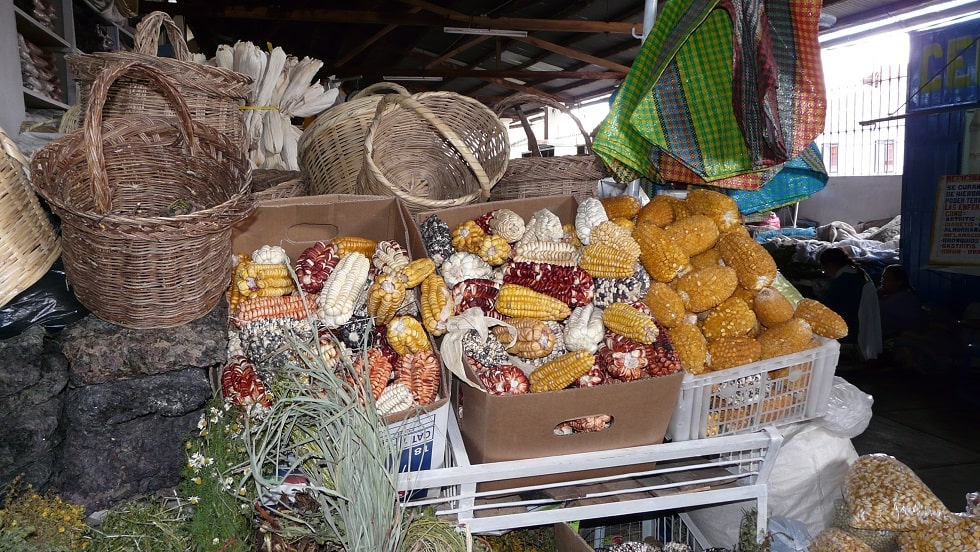
I always start my mornings in Cusco city visiting the San Pedro Market, so I suggest this is how you should start the second day of your five-day Cusco itinerary.
The San Pedro Market is an iconic market in Cusco, and it’s the perfect place to go for breakfast. The market also has several stalls where they sell freshly made juices and shakes, so you might want to try some exotic fruit shake.
Just don’t make the mistake that I made the first time I ordered a shake there: one shake is a full blender plus a little extra, so if you are traveling with someone else ordering two shakes would be way too much!
After your huge shake, walk around the market. You will find everything there: fruits, vegetables, food stalls, textiles, and even some shamanic products used in local rituals. It’s really an interesting market.
From the usual sweaters with local designs that travelers love to buy, to hallucinogenic cacti, I have seen everything for sale at the market.
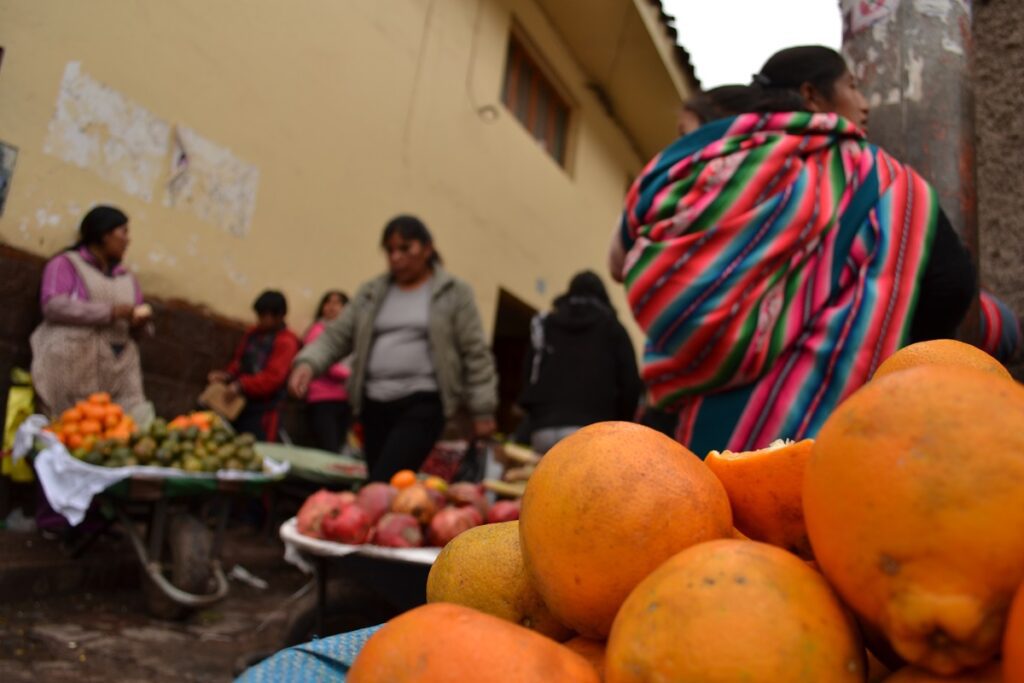
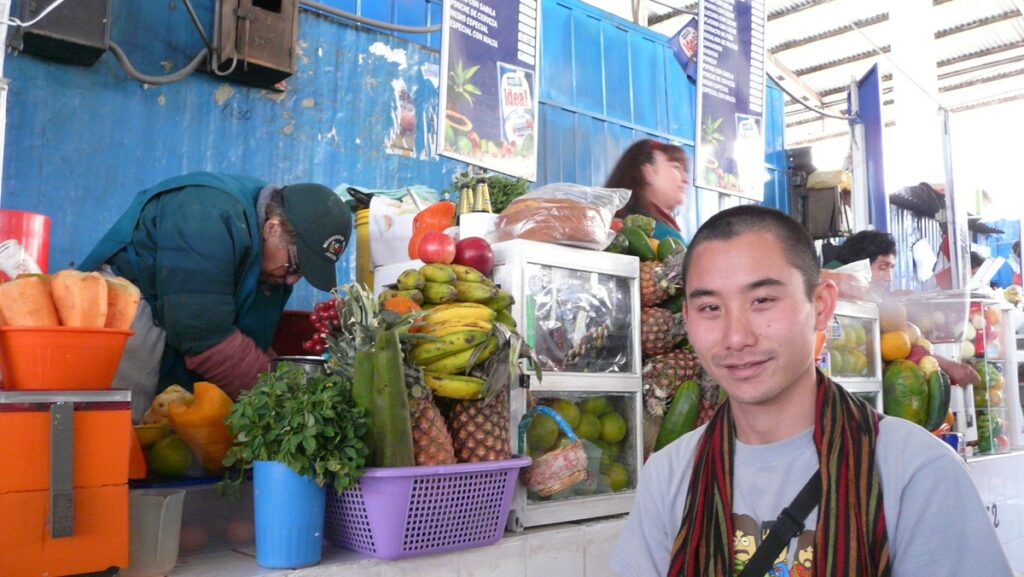
Later, head to Sacsayhuaman, the ruin complex that you can either reach by a 40 minute walk (a little bit uphill) or in 10 minutes by taxi.
It’s a very nice walk to get there. You will have to cross San Blas neighborhood, and then just walk for some minutes in in nature before you arrive to the ruins.
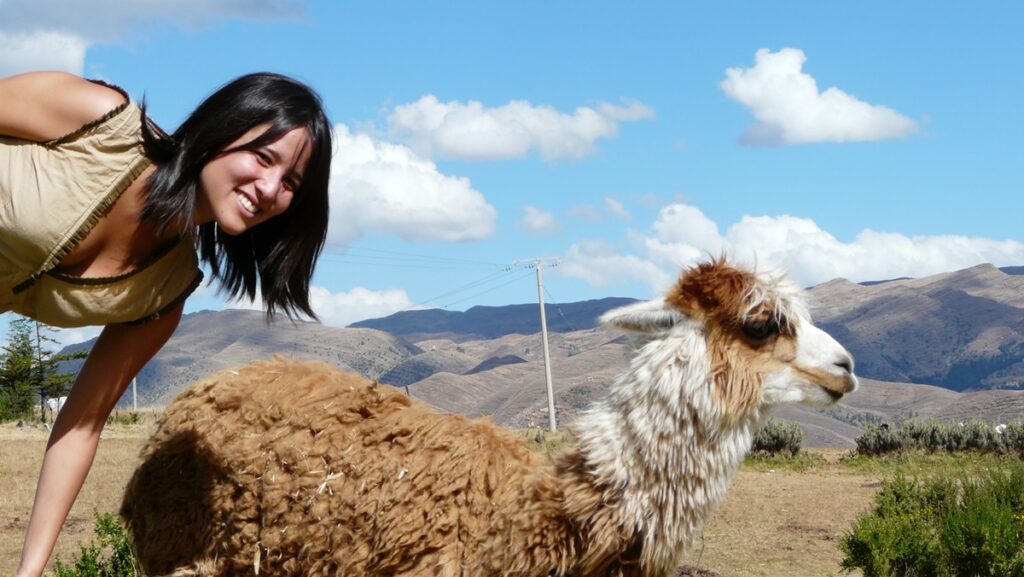
Sacsayhuaman is an impressive fortress built by the Incas, which offers stunning views of the city.
Personally, this is one of my favorite archaeological sites in the region of Cusco. Every time I have visited it, there has never been that many people. If you don’t go as part of a big tour group, you can peacefully walk around at your own pace.
Still, I would advise to hire a guide, so that you can learn more about the complex. It is a site you should not miss when you plan your Cusco itinerary.
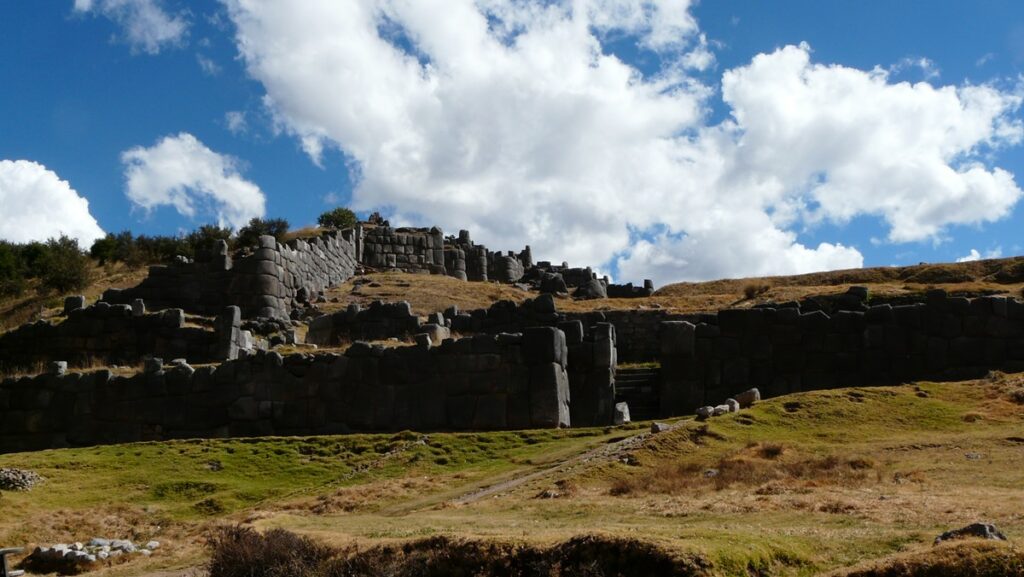
For example, something interesting about Sacsayhuaman is that its massive stone walls were constructed using enormous blocks of stone that fit together perfectly without the use of mortar.
Afternoon: Qoricancha temple
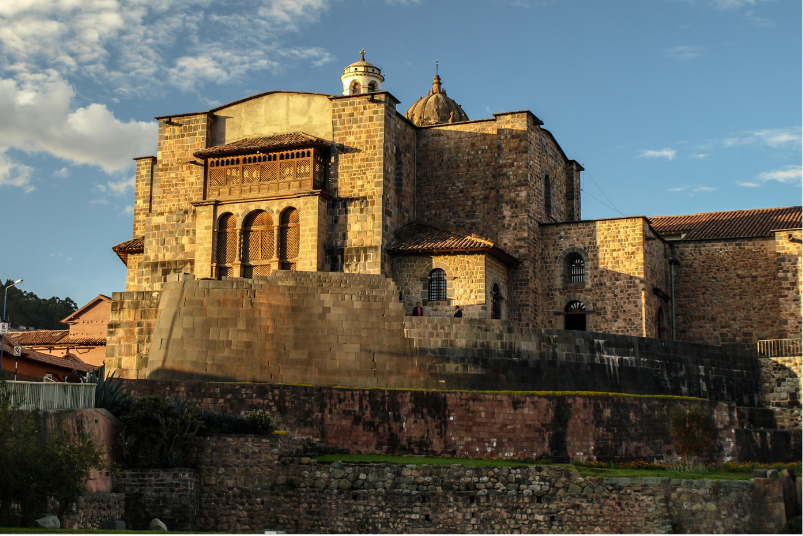
In the afternoon, visit Qoricancha. This was once the most important temple in the Inca Empire dedicated to the god Sun. Its walls were once covered in gold.
When the Spanish conquistadors arrived, they converted the temple into a Christian church.
However, much of the temple’s original structure and design has been preserved. It is still possible to see the foundations of the original temple, as well as the walls and staircases that once led to the main altar.
You can also book a guided tour to Sacsayhuaman and Qoricancha, to fully understand the history behind the buildings.
Day 3: Ollantaytambo
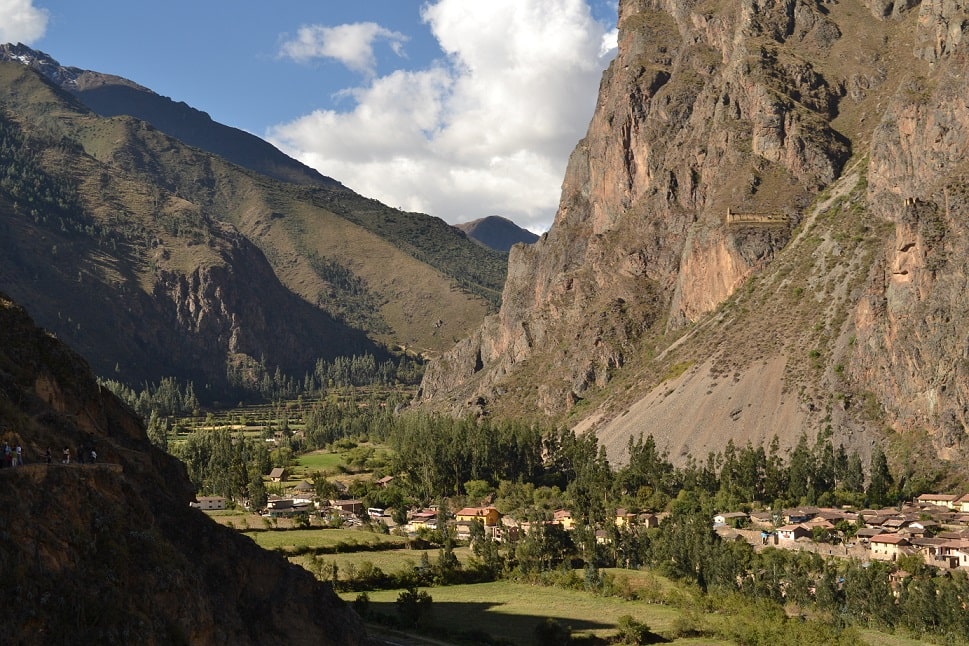
On the third day of your Cusco itinerary, head in the early morning to Ollantaytambo, a picturesque town in the Sacred Valley.
The main reason why travelers go to Ollantaytambo is because the train to get to Aguas Calientes (the town from where you visit Machu Picchu) departs from there. By the way, make sure to buy your train ticket in advance. You can do it online either at Inca Rail or Peru Rail.
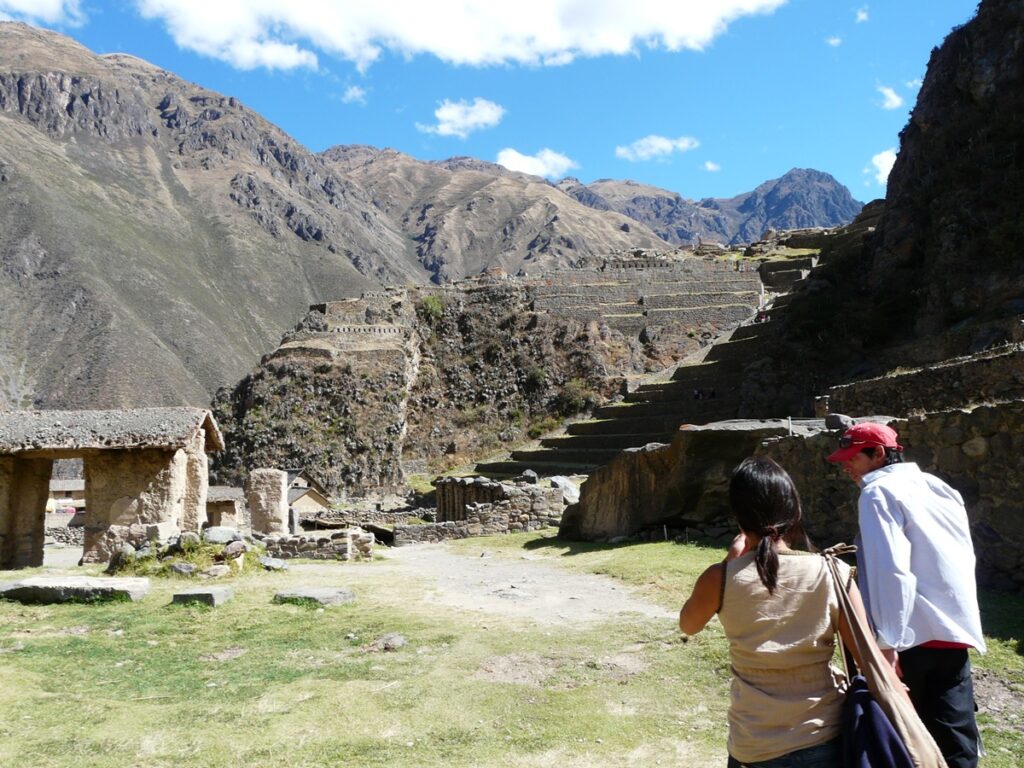
Most people just pass by without stopping, but Ollantaytambo is a beautiful little town worth a visit in itself.
Ollantaytambo is 1 and a half hours away from Cusco city. To get there, the easiest way is to prebook a private transfer service.
Otherwise, head to Calle Pavitos, a street from where shared taxis and minivans depart to Ollantaytambo. It’s a cheaper option, but the downside is that you will have to wait for them to be full before departing.
You can spend the morning there visiting the archaeological Ollantaytambo site, which is just next to the town.

Later in the day, stroll around Ollantaytambo’s narrow cobblestone streets. Make sure to visit Alqa, a beautiful museum/shop featuring unique handmade textiles and crafts, unlike the industrial mass-produced Peruvian souvenirs that are everywhere in Cusco.
There’s also a delicious restaurant inside the train station which I go to every time I visit Ollantaytambo: El Albergue! They make traditional Peruvian food with quality ingredientes and vegetables from their garden. Besides the quality of the food being great, I love that they have several vegetarian dishes in a vegetarian version.
You can read a more detailed article about the best things to do in Ollantaytambo in one day here.
Getting from Ollantaytambo to Aguas Calientes
Later in the day, head to the train station to catch your train to Aguas Calientes.
If you are planning to take the bus to Machu Picchu instead of hiking, I suggest that you buy your bus in Aguas Calientes ticket that evening.
To end the day, go for a visit to the local hotsprings.
Day 4: Machu Picchu: the highlight of your Cusco itinerary
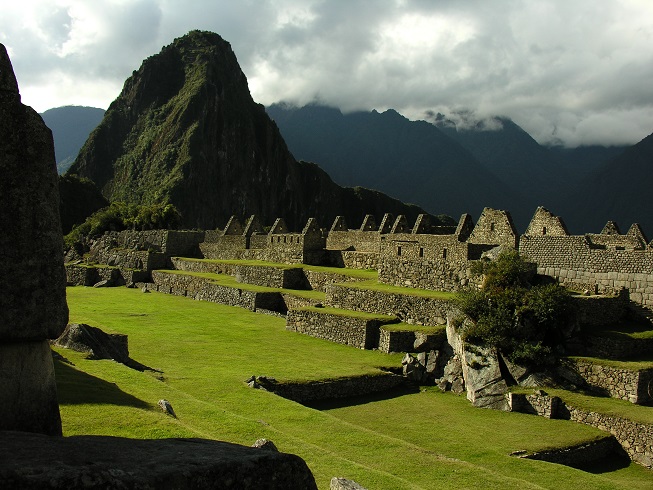
Getting to Machu Picchu from Aguas Calientes
To get to Machu Picchu you have different options. One option is to hike (up the mountain) to Machu Picchu. You can also take the bus.
If you are not going to take the bus to Machu Picchu, which takes 30 minutes, wake up early to start the climb up. The hike takes around 3 and a half hours by foot. The best time to start hiking is between 5am and 6:30am.
That will depend, though, on what ticket you have purchased for Machu Picchu. Tickets will allow you to enter from 6am, from 7am, from 8am, etc, until 2pm. You are allowed to stay inside for 4 hours though I don’t think anyone is really checking.
Tickets must be purchased in advance, sometimes months in advance. If you can’t find a ticket in the official government website because they are sold out, you can still buy them through an agency, though paying more. You can buy your tickets to Machu Picchu through an agency.
I have hiked twice and I would do it again. If you are relatively fit, this is a good option. There’s something magical about walking ancient stone steps surrounded by jungle (and other travelers now and then) to get to the ruins. to But keep in mind that almost the whole path goes up.
If you don’t feel like walking, the easiest option to visit Machu Picchu would be to book a tour to Machu Picchu, which includes a guide, entry tickets and transportation to and from Machu Picchu.
The ruins
Machu Picchu is a breathtakingly beautiful and mysterious place. It is thought to have been built by the Incas in the 15th century and was abandoned less than 100 years later.
The site is made up of a series of terraces, plazas, and temples, all built with remarkable precision. The views from the site are also breathtaking, as it sits atop a mountain overlooking the surrounding landscape.
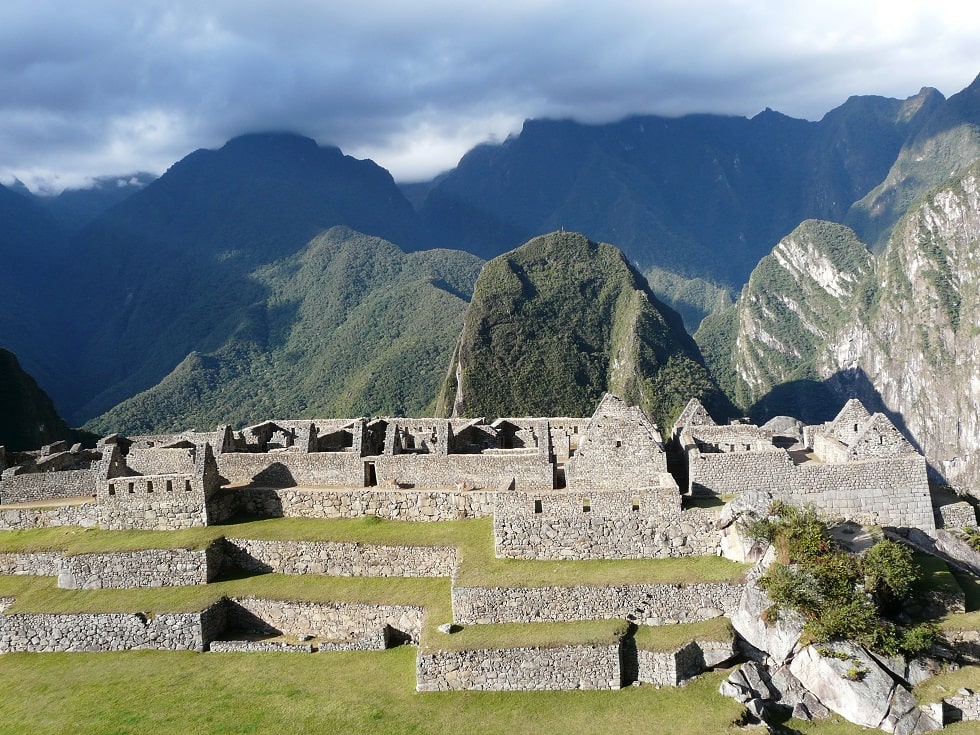
For most people, Machu Picchu will be the highlight of their trip to Peru. And for sure visiting the ruins is at the top of most people’s Cusco bucket list. Ideally, take a tour to learn more about the site and be able to appreciate at its fullest.
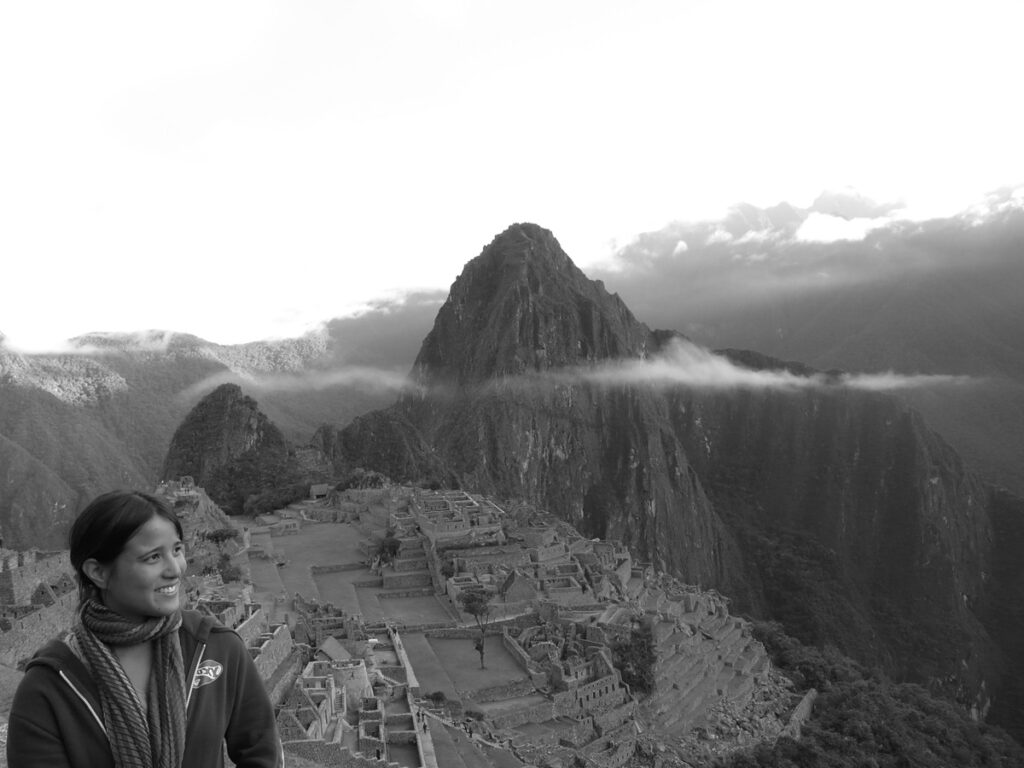
Also, if you are fit enough, you should purchase a Machu Picchu ticket that includes a climb to Huayna Picchu (the mountain that is in the background of the typical Machu Picchu picture).
I have hiked it once, which allowed me to visit the Temple of the Moon, which is on the other side of Huayna Picchu, and other smaller sites.
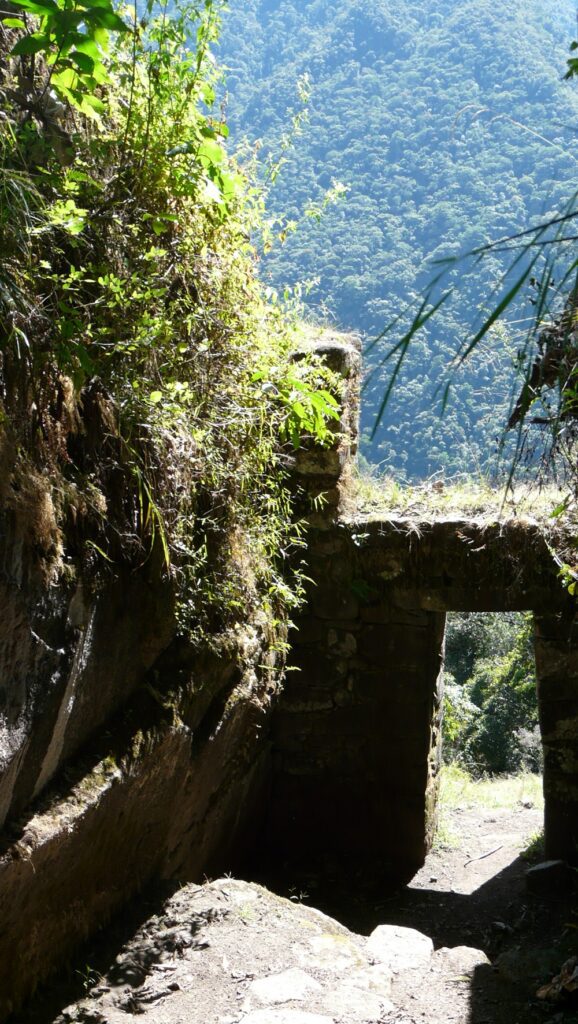
You can have lunch there (at the exit), though the food is very overpriced in my opinion. Otherwise, take some snacks with you for the day.
Getting back from Ollantaytambo to Cusco
Later, head back to Aguas Calientes (again, by foot or bus) and to catch your train back to Ollantaytambo.
From there, take a taxi, shared or combi/bus back to Cusco (shared services depart from the market, which is a half hour walk away). You can also prebook a private van to take you back (almost the same price as looking for a taxi there).
Day 5: Cusco city or the Sacred Valley
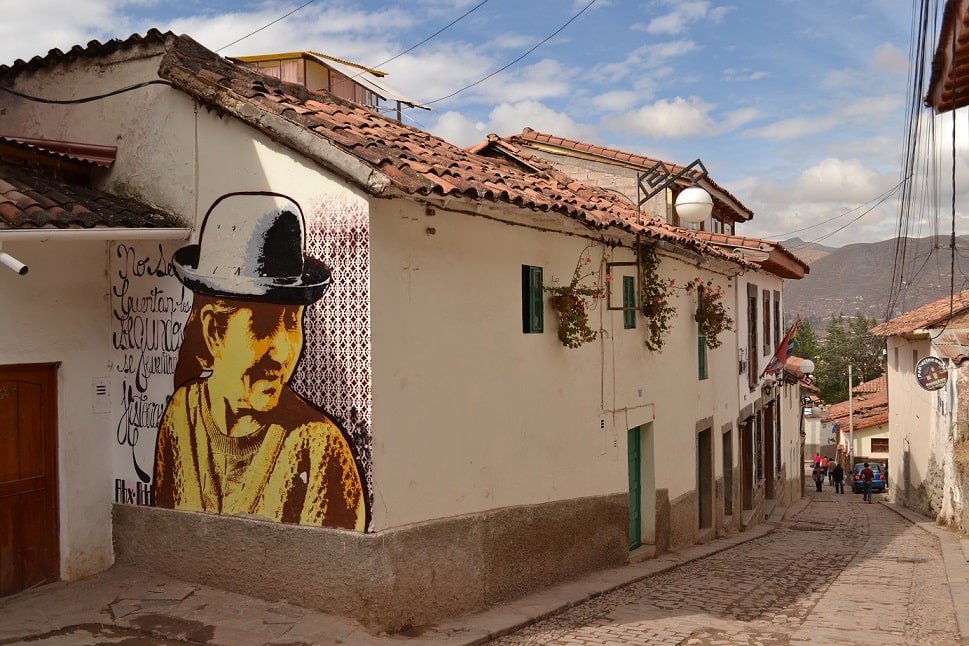
Spend the last day of your Cusco itinerary exploring the city or doing some last-minute shopping.
Depending on what time your flight or bus back is, here are some ideas for what to visit in your last day of your Cusco itinerary.
Top Choice: Maras salt pans and Moray ruins:
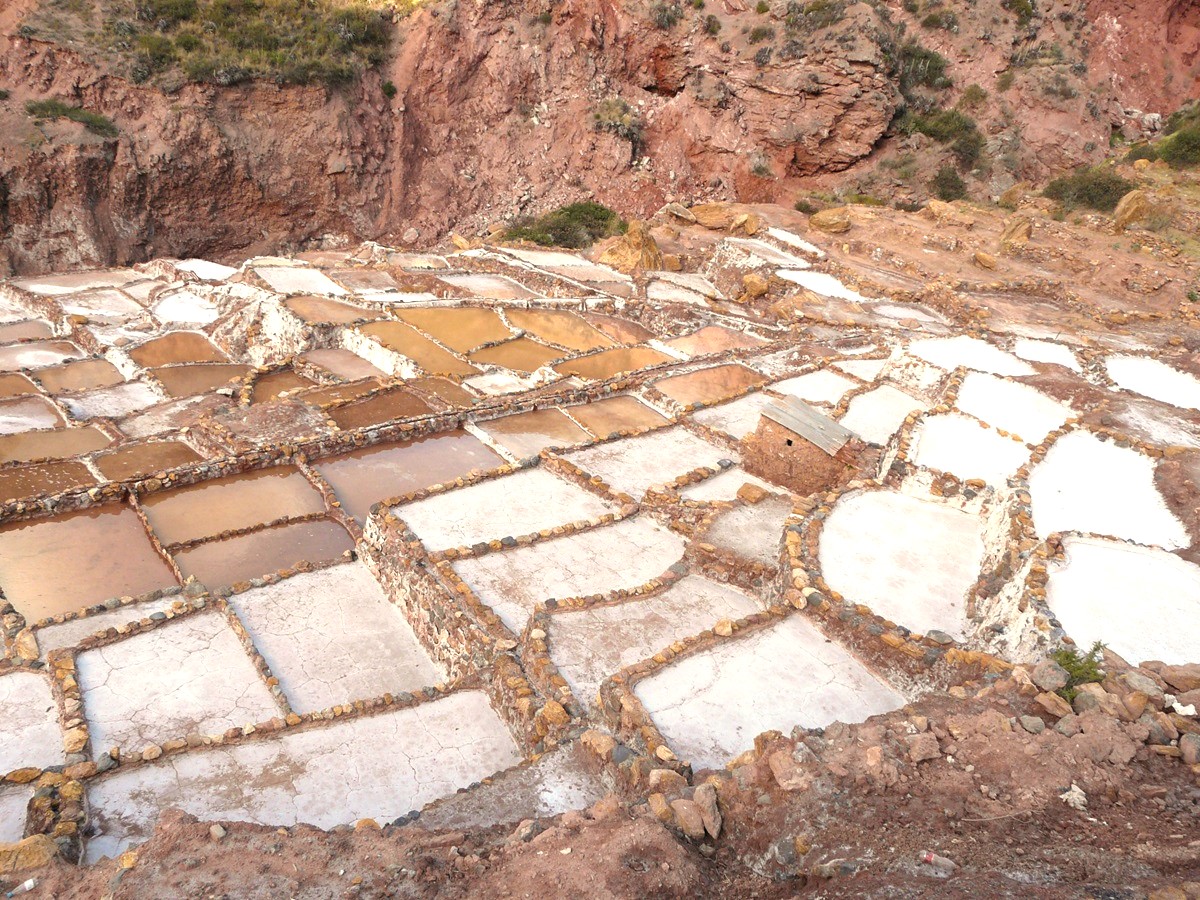
If your flight is not until the evening, I highly recommend you to book a tour to Maras and Moray (you will be back at 1pm), in the Sacred Valley.
Maras is a beautiful set of pink salt pools on the side of a mountain. It’s a great place to walk around and the surroundings are beautiful. It’s one of my favorite places in the Sacred Valley.
When I visited it, I bought pink salt mixed with many different spices, like salt with chili, salt with garlic and salt with parseley. It’s a great souvenir to take back home.
Moray, which is close to Maras, are circular ancient ruins which were supposedly used as a food lab in the times of the Incas.
The tour also passes by Chinchero town, which is famous for its textiles. If you are lucky enough to be there on a Tuesday, Thursday or Sunday, you will be able to visit their market.
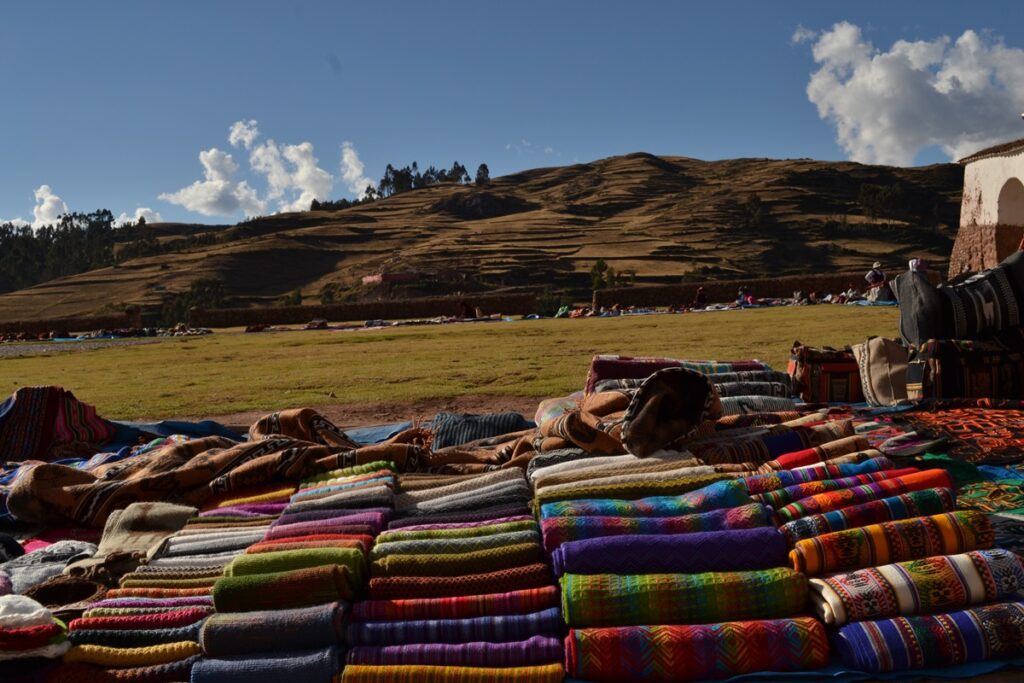
The market is a great place to get beautiful textiles, like carpets or traditional ponchos. I have bought two carpets from Chinchero and I think they are way nicer than any carpet that you can find at “normal” shops.
For mode details about you can read here my post about Maras and Moray.
Other ideas for your last day in Cusco:
Museo Quechua: This is a museum that preserves the traditions of the Quechua people (people from the Andean area who speak the Quechua language). You will find here a collection of textiles, which includes a variety of traditional Quechua clothing and accessories, pottery, traditional masks, etc.
Choco Museo: a small shop where you will learn all about the process of chocolate making and maybe buy some bars or cacao liquors to take back home (Cusco is one of the main Cacao producers in Peru). You can also take a 2 hour chocolate workshop where you will learn how to make chocolate from bean to bar.
Stone of the 12 angles: if you have not passed by it yet, go to Hatun Rumiyoc street. There you will find this famous stone as part of a wall that encircles the now-destroyed Palace of Hatunrumiyoc. Comprised of multiple massive stone blocks, the wall was built without the aid of mortar or any kind of binding material.
After having been seven times to the Cusco region, I think this five-day Cusco itineray captures the best of the area making the best out of your time there. Read below for more Cusco travel tips.
What else can you include in your Cusco itinerary if you stay for longer than five days?
There are so many things to do in Cusco city and the Sacred Valley that making a longer itinerary is not a problem!
Here are some other places that you can visit in Cusco:
- Pisac town. You can read everything about Pisac in this post, including about its famous ruins and market.
- The Rainbow mountain. In the past years, this has been one of the most popular sites for travelers visiting Cusco. I don’t recommend to include it in your itinerary if you only have five days, as it takes several hours to ge there and your time in Cusco would be too rushed.
- Hikes to the ruins around Cusco city: There are beautiful small archaeological sites that you can visit just a short hike away from Cusco city. These include the Moon temple (not to be confused with the one in Machu Picchu), Zona X, Pucacapucara and Tambomachay.
- Humantay Lake: This beautiful lake is also very popular among travelers.
- Manu National Park: Manu National Park lies partly in Cusco and part in the region of Puerto Maldonado. If you want to stay at the rainforest, make sure to give this trip least three days, since it takes several hours to get there. Here you can read my adventure (or misadventure) going from Cusco to Manu.
Where to stay in Cusco?
Here you have a list of some of the best hotels in the cities and towns mentioned in this Cusco itinerary.
Where to stay in Cusco city?
These are some top-rated hotels in Cusco:
- Super high-end: Monasterio, a Belmond Hotel: This luxurious hotel is the most famous and emblematic in Peru. It’s located two blocks away from the main square in a 16th century monastery with a gorgeous inner cortyard.
- High-end: Palacio del Inka, a Luxury Collection Hotel by Marriott: Palacio del Inka is a five-centuries-old mansion located in the heart of downtown Cusco. Located just in front of Qorikancha, some rooms have great views of the temple.
- Mid-range: Hotel Encantada Casa Boutique Spa: Located close to Sacsayhuaman. It has a bar, a terrace with beautiful panoramic views, a spacious lounge with a fireplace and gardens.
- Budget: Amaru Colonial: This highly-rated colonial inn is in the artistic SanBlas district, 2 blocks from San Blas square. It has a charming central courtyard.
Where to stay in Ollantaytambo:
- High-end: El Albergue: this is highly rated hotel is probably the best place to stay in the town. You will be able to enjoy its great restaurant, mentioned above. It has a nice garden where they grow their vegetables and a small farm.
- Mid-range: Sauce Hotel Boutique: Beautiful hotel, serene atmosphere, cozy decoration.
- Budget: B&B Chayana Wasi: For a more affordable option, this hotel has perfectly fine simple rooms. It’s one block away from the main square
Where to stay in Aguas Calientes/Machu Picchu:
All the hotels, except for the Sanctuary Lodge, are located in Aguas Calientes. From Aguas Calientes, you can either hike or take a bus to Machu Picchu. The Sanctuary Lodge is the only hotel which is very close to the ruins themselves, in the middle of nature.
- Extremely high-end: Sanctuary Lodge, a Belmond Hotel: This is the only hotel that is actually near Machu Picchu. You can actually have breakfast looking at Machu Picchu. They offer very spacious one-bedroom suites with a large, furnished terrace and captivating mountain views.
- High-end: Sumaq Machu Picchu Hotel: Beautiful rooms, some with views of the river.
- Mid-range: Panorama B&B: Great location and good breakfast buffet.
- Budget: Andino Hotel Machupicchu: Good and simple rooms and very helpful staff.
When is the best time to visit Cusco?
The best time to visit Cusco is between April and September. The dry season is in those months. The sun will be shining more and the chances of rain will be much lower.
If you are also going to visit Lima, the best months are actually between January and April, basically the only months in which you will get sunny days in Lima (it doesn’t rain in Lima, but the rest of the year it’s very cloudy and days are dark). So if you are going to visit both places the best month to plan your itinerary might be April.
Check out this post about the dry season and this one about the rainy season for more details on what to expect. Even the rainy season has a few advantages and the other way round.
Is Cusco safe?
Yes, if you take common sense precautions, you can consider the places you’ll visit in this itinerary very safe. I have personally never felt unsafe when I have visited Cusco.
Still, there are two things to be aware of:
1. If you like to go out partying don’t leave your drink unattended. It doesn’t happen often that someone pours some drugs in and then robs the person, but it could happen.
2. Especially if you are a woman, be careful with bricheros, a term used for local men that try to get into romantic relationships mainly with North American or European tourists, with the aim of getting a visa or residency in those locations (there are also bricheras, women trying to seduce men for the same reasons, but you mostly find men doing that). Not that real love connections can’t happen anywhere of course, but just keep this in mind.
You can read this post for other tips about safety in Cusco.
How to get to Cusco and Machu Picchu from Lima?
The best and most popular way to get to Cusco from Lima is by plane. You can also take a bus, but the bus rides are very long, around 24 hours.
The bus takes supposedly 21 hours, but it’s not uncommon that they break down and the trip extends for some hours more (especially if you travel on a cheaper bus line). On the other hand, the flight just takes an hour and 20 minutes.
I have taken both the bus and the plane several times. Based on my and my friends experiences, I think taking the bus is okay if you are in your twenties and if you are used to long trips or don’t mind the adventure. But not after that. Otherwise I highly suggest you to take a plane.
Once in Cusco, you have several options for getting to Machu Picchu, including by train, tour, doing the Inca Trail, or taking a couple of buses and hiking.
For more detailed information, read this post about how to get from Lima to Machu Picchu.
Before You Go…
As you can see your Cusco itinerary will be packed with adventure. But there’s much more to see in Peru than just Cusco!
If you are still organizing your trip, you might find these itineraries to visit Peru useful. You will find itineraries from 1 to 3 weeks, which include visits to other places such as Lima, Arequipa, Puno and lake Titicaca.
